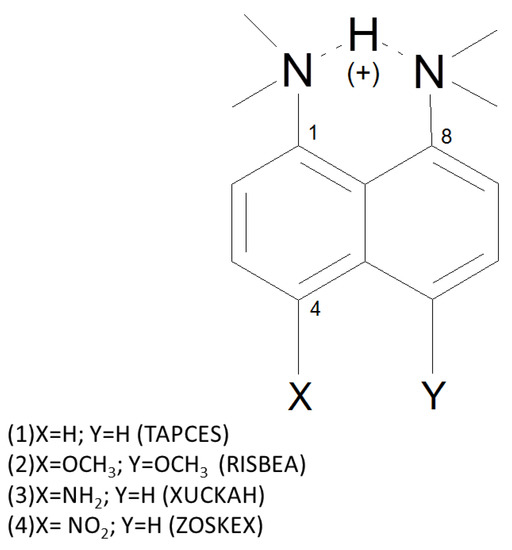Nutrition labels are an essential tool for helping consumers make informed choices about the food they consume. However, it’s not uncommon for confusion to arise when comparing the columns labelled as “Packaged” and “Prepared” on nutrition labels. In this article, we will delve into the key differences between these two columns and explore why some products have both, while others only feature the “Packaged” information.
What Do Packaged and Prepared Mean?
The “Packaged” column on a nutrition label provides information about the nutrients in a food product in its original state, as it comes from the manufacturer. On the other hand, the “Prepared” column refers to the nutrient content of the food after preparation, such as cooking or mixing with other ingredients. Understanding the disparities between these values is crucial for individuals aiming to maintain a healthy and balanced diet.
Key Differences between Packaged and Prepared
When comparing the “Packaged” and “Prepared” columns on a nutrition label, it’s important to note that the nutrient content can change significantly during food preparation. Cooking, for example, can affect the levels of certain nutrients, such as vitamins and minerals. Additionally, the addition of ingredients like oils or sauces can alter the overall nutritional profile of a food item. This disparity between the two sets of values underscores the importance of considering the impact of preparation on the nutritional content of a product.
Why Some Products Have Both Packaged and Prepared Columns
It’s not uncommon to come across food products that feature both “Packaged” and “Prepared” columns on their nutrition labels. This occurs when a product is available in a form that requires preparation before consumption, such as a dry mix or raw ingredients. In such cases, the manufacturer provides the “Packaged” information to reflect the product’s nutritional content in its original state, as well as the “Prepared” values to help consumers understand the nutritional impact of the necessary preparation steps.

Credit: www.mdpi.com
Products with Only the Packaged Column
On the other hand, some food items only display the “Packaged” nutrition information, indicating that they are typically consumed without significant additional preparation. This is common with products such as canned goods, snacks, or frozen meals that are intended to be eaten directly from their packaging with minimal or no further cooking or processing. For these products, the nutritional content remains consistent from the packaging to consumption, eliminating the need for a separate “Prepared” column on the label.

Credit: pubs.acs.org
Frequently Asked Questions For Understanding Nutrition Labels: Unraveling The Columns – As Packaged Vs As Prepared: Why The Disparity?
Q: What Is The Difference Between “packaged” And “prepared” Columns On Nutrition Labels?
A: The “packaged” column provides nutritional information for the product as it is sold, while the “prepared” column includes the nutrients after being cooked or mixed with other ingredients.
Q: Why Do Some Products Have Both “packaged” And “prepared” Columns?
A: Some products have both columns to give consumers a better understanding of the nutritional changes that occur when the product is cooked or prepared.
Q: Why Do Some Products Only Have The “packaged” Column?
A: Some products only have the “packaged” column because they are intended to be consumed as is, without any additional cooking or preparation.
Q: How Can The “packaged” And “prepared” Columns Help With Dietary Choices?
A: The “packaged” and “prepared” columns can help individuals make informed dietary choices by providing information on what nutrients are present in the product before and after preparation.
Conclusion
Understanding the distinctions between the “Packaged” and “Prepared” columns on nutrition labels empowers consumers to make informed decisions about the foods they choose to incorporate into their diets. Whether considering the impact of cooking, mixing, or simply consuming a product in its original state, the information provided on nutrition labels plays a vital role in promoting healthy eating habits.
